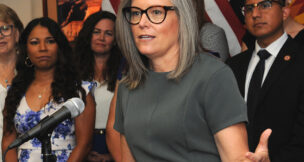Signature fraud stories sound like ‘really dumb crooks’
Guest Opinion//August 2, 2018//[read_meter]
In 2008, a former state senator, known as Mr. Initiative for the initiatives that he successfully put on the ballot, ran for the state Senate. He was not only bounced...
No tags for this post.

















